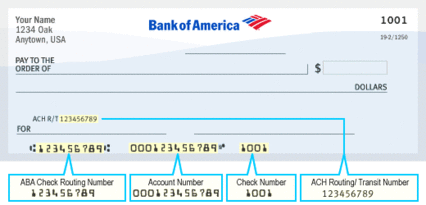The Washington State Caseload Forecast Council (CFC) is required by
RCW 43.88C to forecast the number of children who are eligible, as defined in
RCW 43.215.405(5)(a), to participate in and the number of children actually served by the Early Childhood Education and Assistance Program (ECEAP) - Washington's State-funded preschool program.
By the 2020-21 school year, all eligible children shall be entitled to enroll in ECEAP, per
RCW 43.215.456.
Because of this, the Legislature added 1,700 slots to ECEAP in the 2013-15 biennium and 1,600 in 2015-17. In the 2016-17 school year, ECEAP has 11,691 enrollment slots.
- There are 23,445 children eligible for ECEAP who are not served by ECEAP or Head Start. Based on the November 2016 CFC forecast, 6,314 of these would likely participate if space were available.
- We are serving 50 percent of eligible children and 78 percent of children likely to participate.
- By the 2020-21 school year, an estimated 7,429 more children would participate if space is available.
ECEAP is Washington’s state-funded prekindergarten program that prepares some of the State’s most vulnerable 3- and 4-year-old children for success in school and in life.
To be eligible for ECEAP, children must be 3 or 4 years old by August 31 of the school year, not simultaneously enrolled in Head Start, and meet one of these requirements:
- Qualified by their school district for special education services under RCW 28A.155.020.
- Receiving Child Protective Services under RCW 26.44.020(3) or Family Assessment Response Services under RCW 26.44.260.
- From a family with income at or below 110 percent of the federal poverty guidelines established by the U.S. Department of Health and Human Services. In 2016, this is $26,730 for a family of four. This category includes all children in foster care and all families receiving Temporary Assistance for Needy Families (TANF) cash grants.
- From a family that exceeds income requirements, but is impacted by specific risk factors that are linked by research to school performance (for example, child has a parent who is incarcerated or impacted by substance abuse). No more than 10 percent of ECEAP children can be in this “over-income” category, and most children enrolled under this provision are from families under 130 percent of federal poverty guidelines.
Once eligibility is established, children are prioritized for enrollment in the available ECEAP slots using a weighted statewide priority point system.
Caseload Estimates
DEL recommends a gradual ramp-up, as displayed in the table below, to support a solid foundation for program quality.
Recommended
ramp-up of new ECEAP slots
|
2016-17
|
2017-18
|
2018-19
|
2019-20
|
2020-21
|
Estimated
new enrollment slots needed
|
|
1,857
|
1,858
|
1,857
|
1,858
|
Total ECEAP
slots
|
11,691
|
13,548
|
15,405
|
17,262
|
19,120
|
Projections, assuming ECEAP ramp-up
|
2016-17
|
2017-18
|
2018-19
|
2019-20
|
2020-21
|
Total
ECEAP-eligible
3-
and 4-year olds
|
47,014
|
47,110
|
47,368
|
47,760
|
48,213
|
Served by
ECEAP1
|
11,691
|
13,548
|
15,405
|
17,262
|
19,120
|
Served by
Head Start2
|
11,325
|
11,325
|
11,325
|
11,325
|
11,325
|
Total
ECEAP-eligible served by ECEAP or Head Start
|
23,016
|
24,873
|
26,730
|
28,587
|
30,445
|
Percent of
ECEAP-eligible served by ECEAP or Head Start
|
49%
|
53%
|
56%
|
60%
|
63%
|
Percent of
ECEAP-eligible, likely to participate3, served by ECEAP or Head Start
|
77%
|
83%
|
89%
|
95%
|
100%
|
Unserved,
ECEAP-eligible
|
23,998
|
22,237
|
20,638
|
19,173
|
17,768
|
Unserved,
ECEAP-eligible, likely to participate3
|
6,703
|
4,933
|
3,185
|
1,613
|
0
|
1 Based on proposed ECEAP slot
ramp up.
2 The Head Start count is updated
annually as part of the February forecast.
3 Likely to participate is based on
the CFC assumption that 51% of eligible 3-year-olds and 77% of eligible
4-year-olds will participate.
Parents may choose other early learning
services or choose to keep children home with them.







